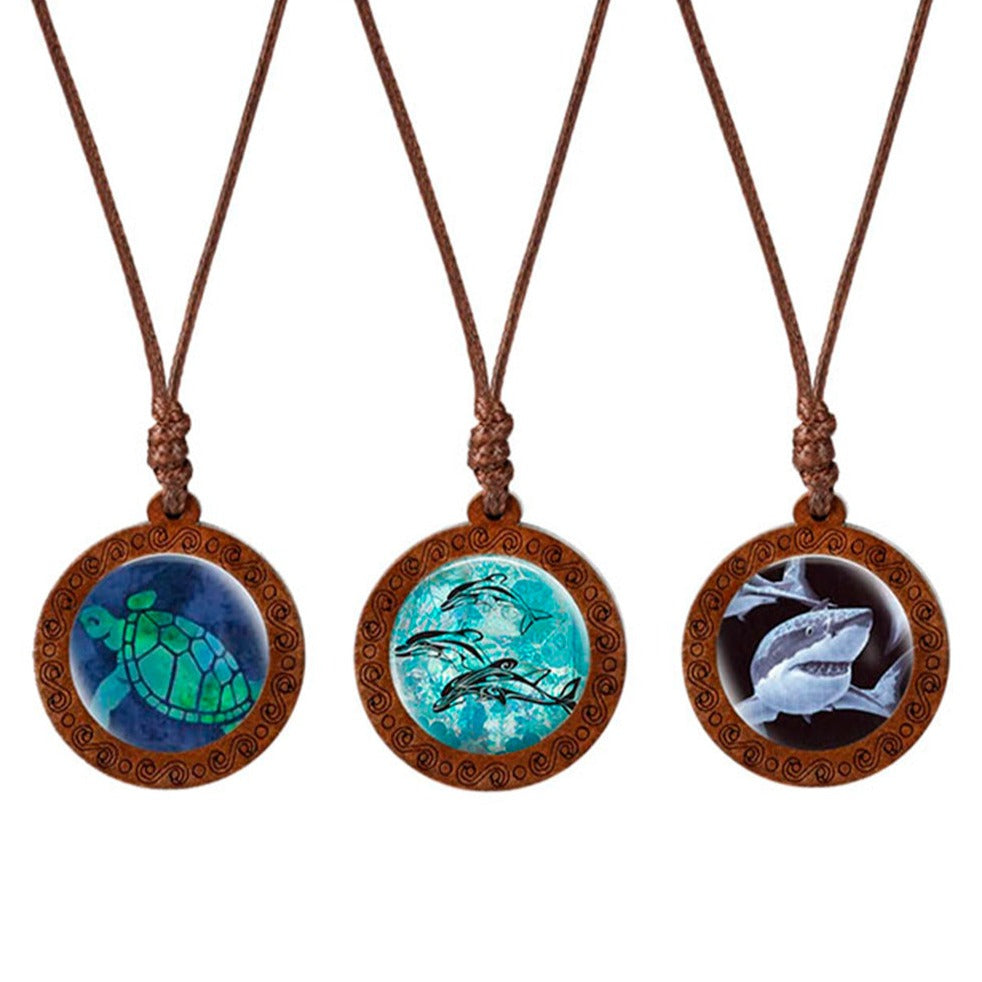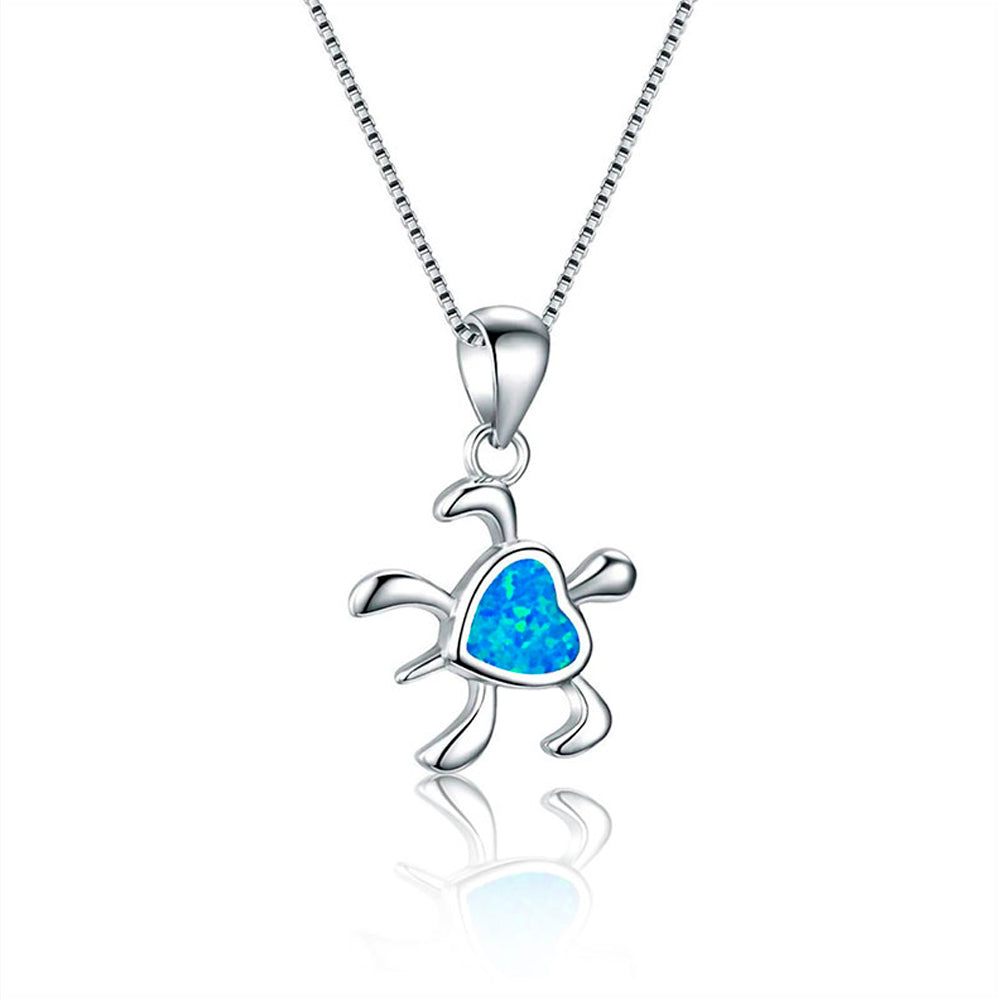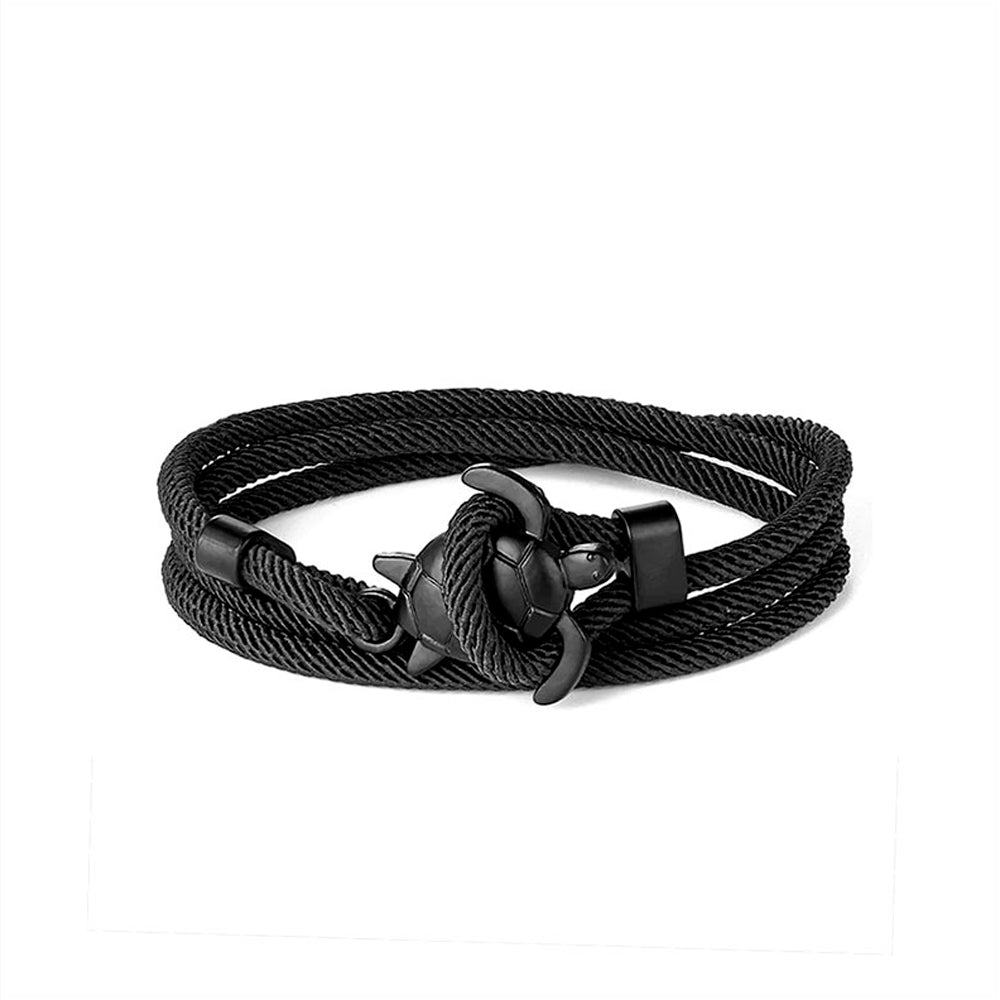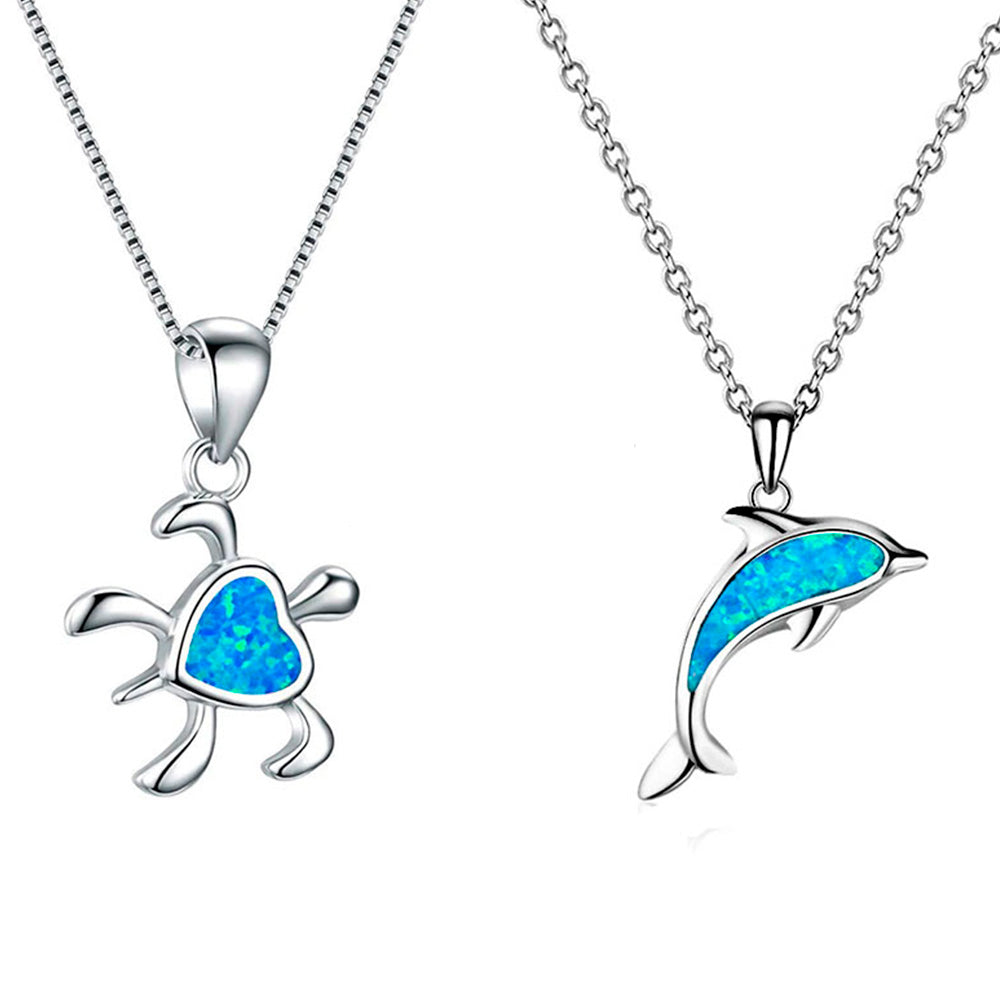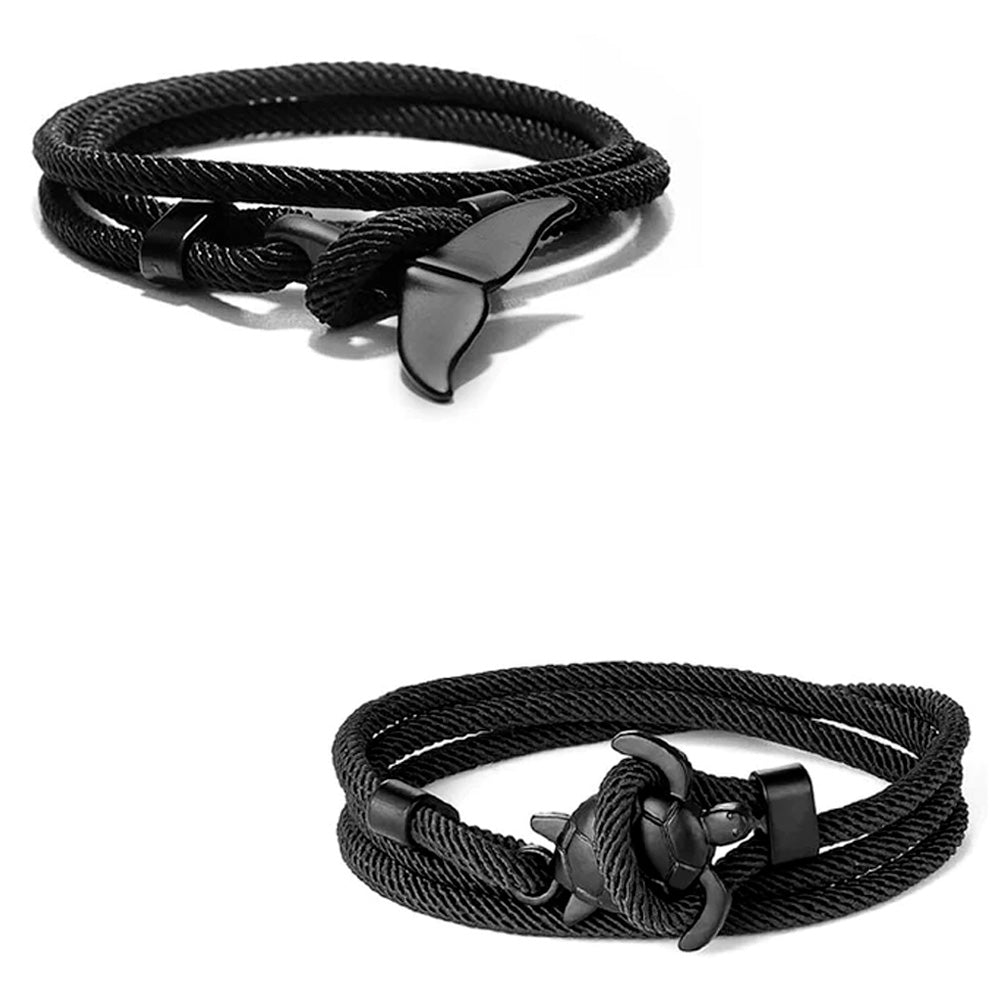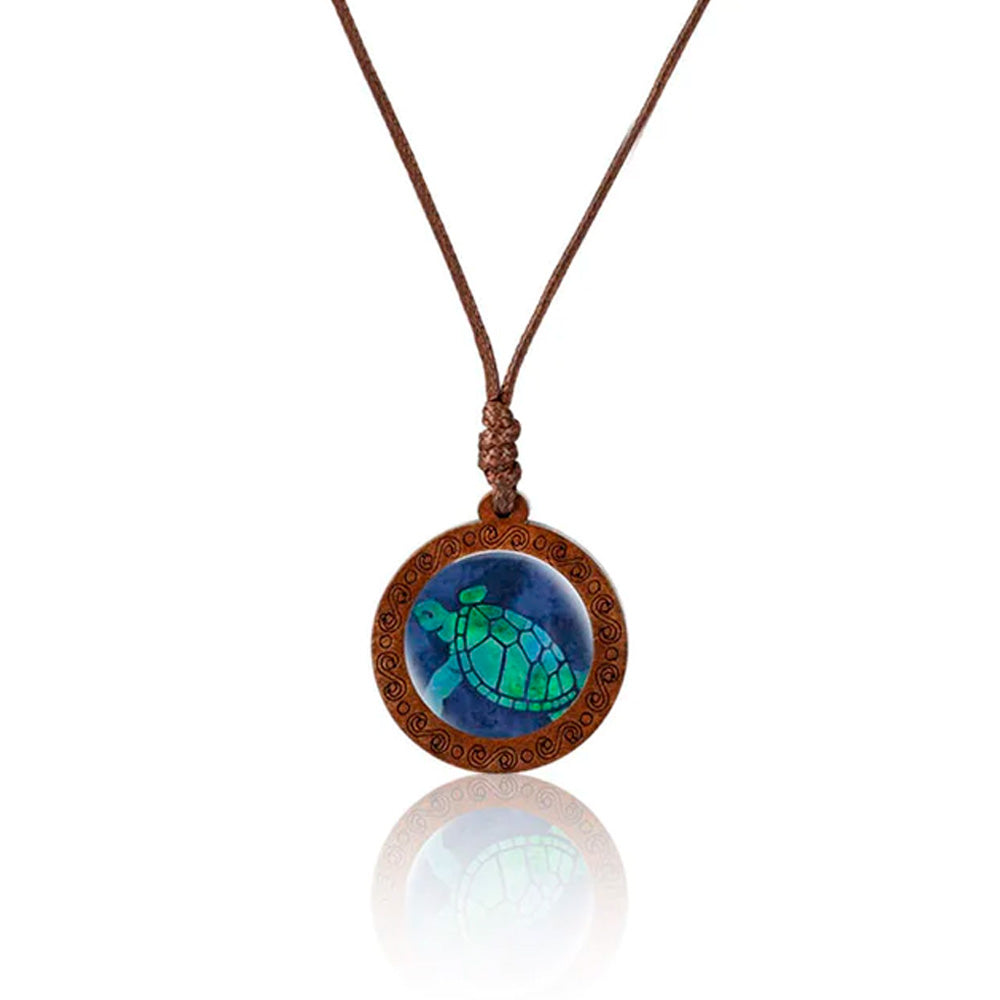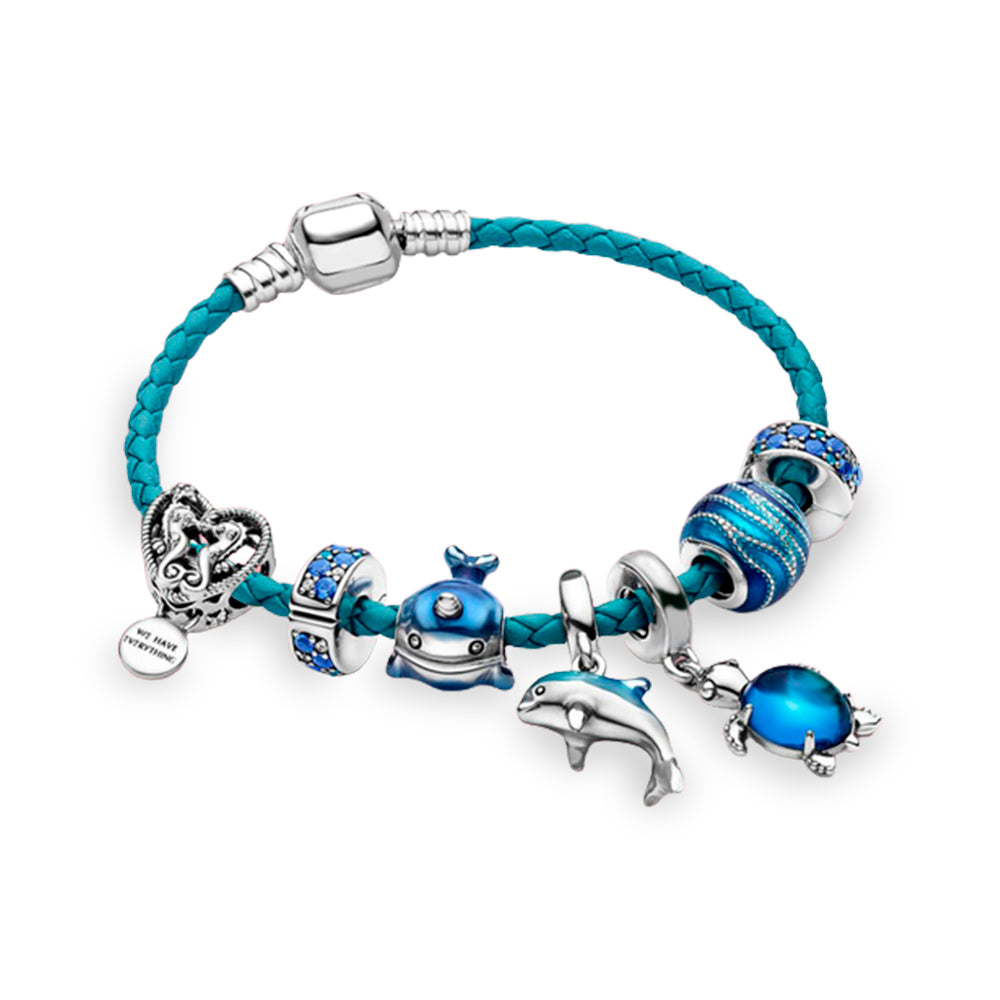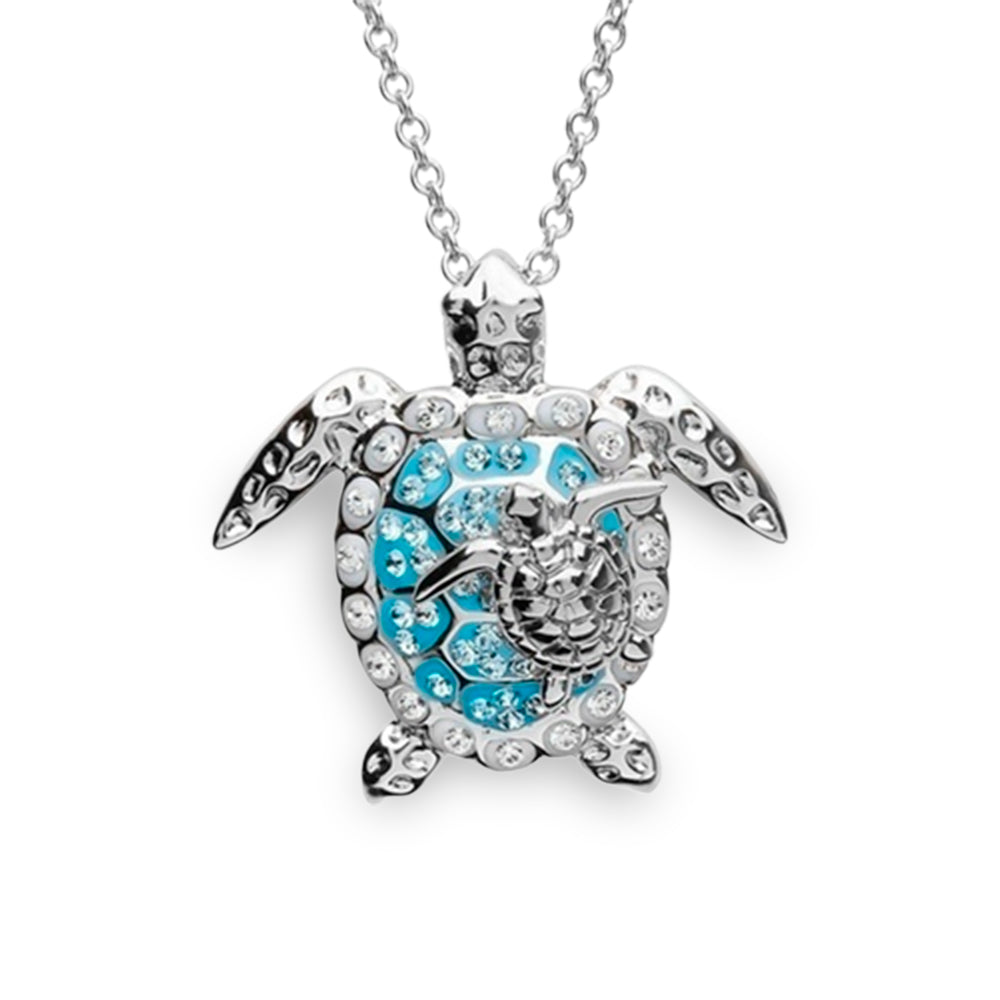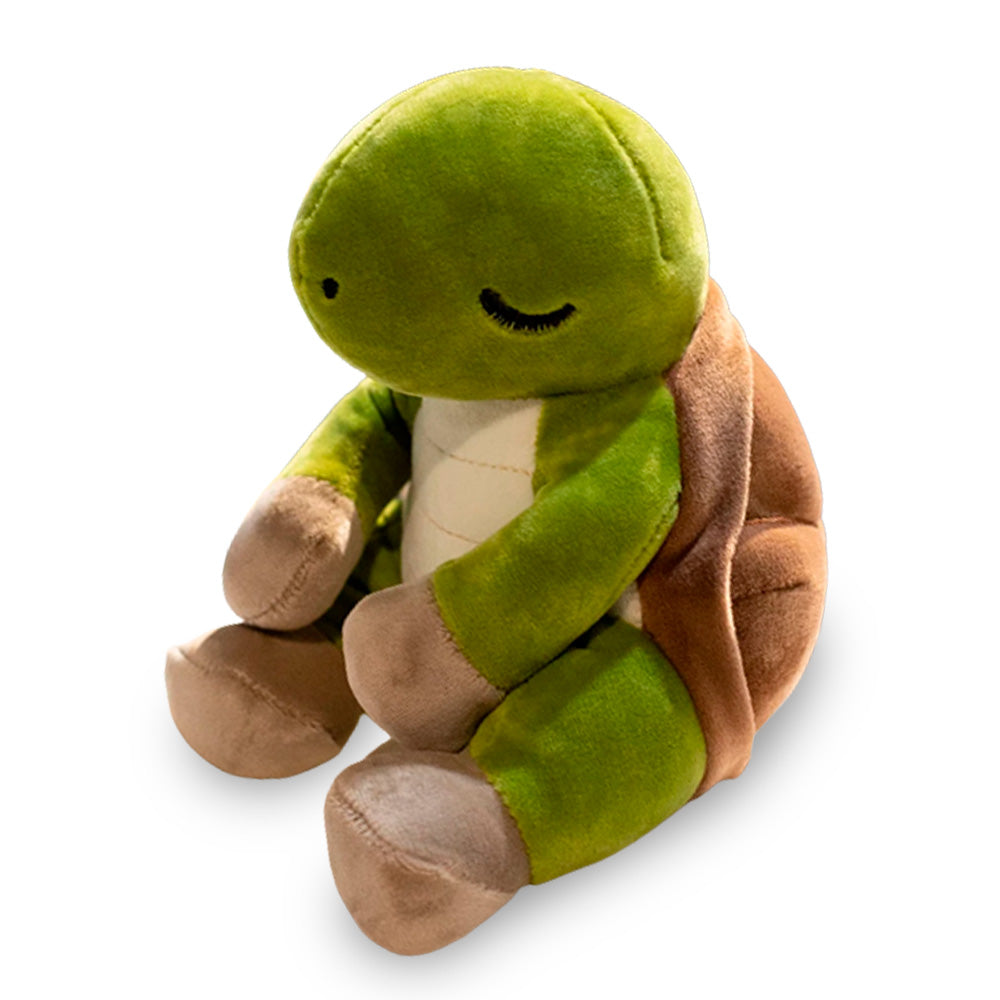How Long Will A Sea Turtle Tracker Last?
According to most research, sea turtles spend 90% of their life span in water. Exploring the lifestyle of sea turtles in water alone is not enough to provide data to aid the total security of the sea turtles.
It is essential to analyze the nomadic habits of the sea turtle, how they function in the sea, and the various sea habitats spread across the globe. Since it is unattainable to deeply investigate the nomadic character of the sea turtle with mere human ability, a sea turtle tracker is essential to track.
The operating principle of the sea turtle tracker
Utilizing the sea turtle tracker, scientists and marine enthusiasts can easily keep a trail of sea turtles by placing a Platform Terminal Transmitter (PTT) on the exterior of the sea turtles.
This allows the satellite to obtain information signals whenever the sea turtle approaches the water surface. When this signal is transmitted successfully, the data are then re-transmitted to a programmed receiving point. Enthusiasts can then access this information through a connected source such as a mobile app.
This tracking is done using a programmed tracking network that estimates different locations with the service of the Doppler Effect in the signals received. The location accuracy covers several kilometers from the exact placement of the transmitter (Witt et al. 2010).
This technique has been demonstrated to be effective. A re-examination in 2008 reveals that more than a thousand sea turtles were tracked from 2003 to 2006 (Godley et al., 2008). Hamann et al. (2010) gave a clear outline of priorities involved when tracking sea turtles. This outline was later updated by Rees et al. (2016)
How long does a sea turtle tracker last?
For an ideal sea turtle tracker, the batteries fixed in the transmitter can last for about twelve to twenty-four months. Although the batteries keep the sea turtle tracker running for long, the system may experience a short cease in signal transmission.
This may be caused by the growth of algae on the transmitter detectors. They are cases of these transmitters functioning for two months and others functioning effectively for two years.
Conclusion
Employing sea turtle trackers serve as a major tool when studying and conserving sea turtles. Just as these trackers give room for new discoveries and research, so does it gives answers to questions regarding marine life








